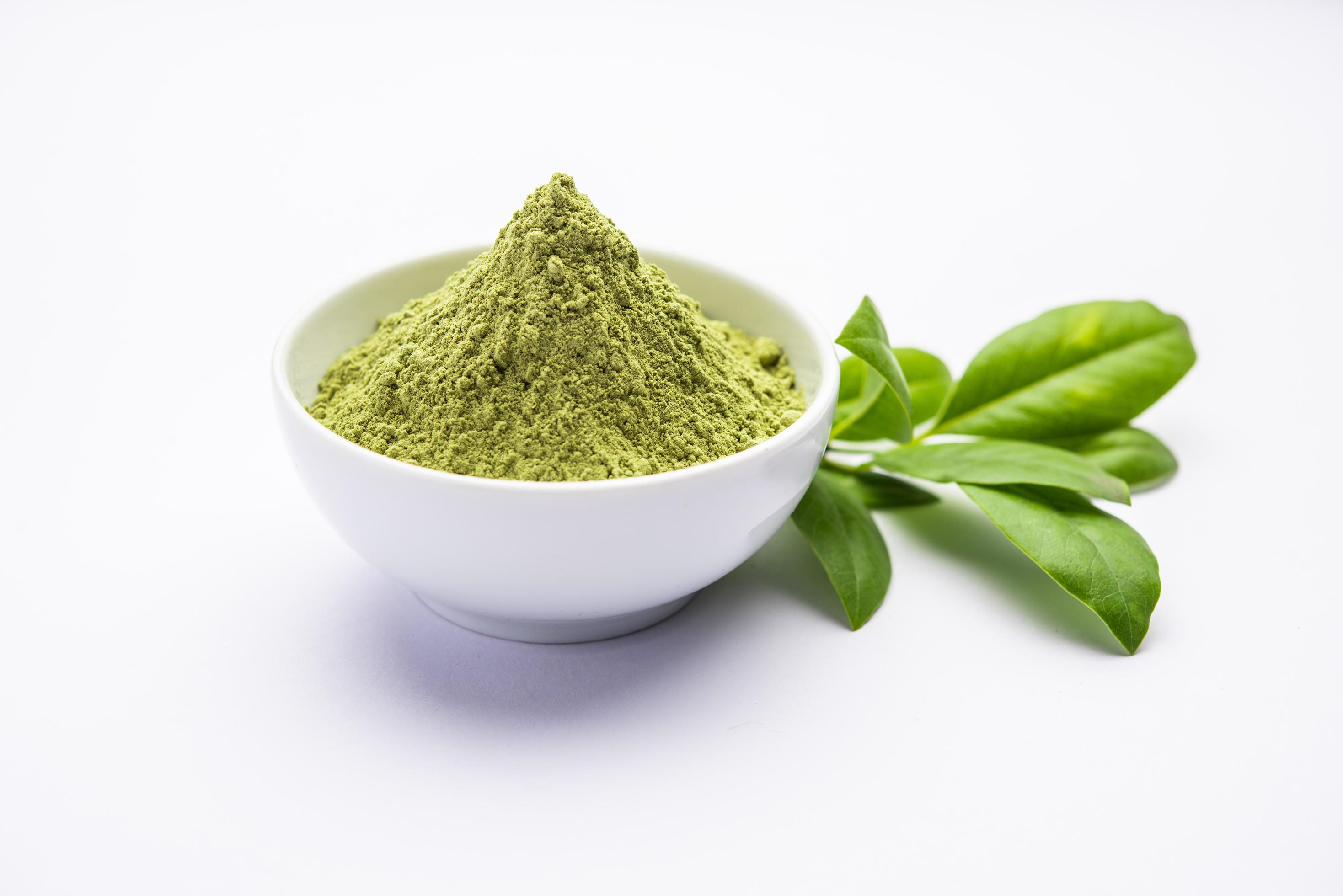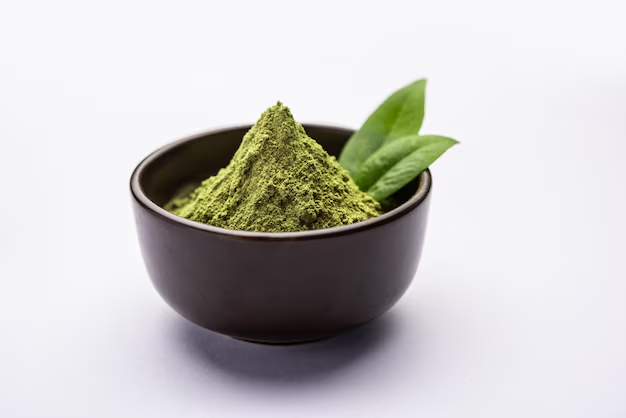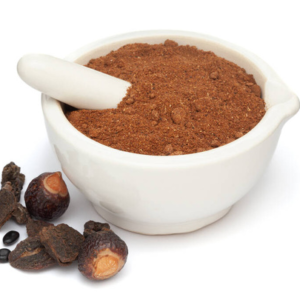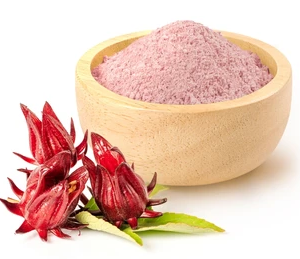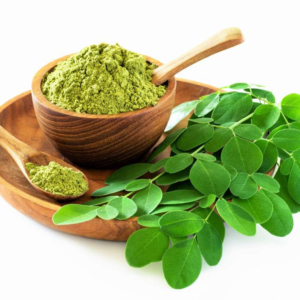Description
Key Features of Henna Powder:
- Color and Texture:
- Color: Henna powder is typically greenish-brown in color, but once mixed with a liquid (usually water or lemon juice), it releases a rich, reddish-brown pigment. This pigment stains the skin, hair, or nails with a temporary red to brown color.
- Texture: It has a fine, soft powdery texture that mixes easily with liquids to create a smooth paste.
- Common Uses:
- Body Art (Mehndi): The most popular use of henna is for creating intricate designs on the skin, particularly during cultural celebrations such as weddings, festivals (like Eid and Diwali), and other special occasions. Henna designs are temporary, lasting anywhere from a few days to a couple of weeks, depending on skin type and care.
- Hair Dye: Henna has long been used as a natural hair dye. It coats the hair shaft and provides a reddish-brown tint. For those looking for a chemical-free alternative to conventional hair dyes, henna is a preferred choice.
- Nail Art: Henna can be applied to nails to create intricate and temporary nail art designs.
- Skin Care: In some traditional practices, henna is used as a soothing paste for cooling the skin, especially in hot climates. It can also be used to help with minor skin irritations and to promote skin health.
- Health and Cosmetic Benefits:
- Natural Hair Care: Henna is not only a dye but also a natural conditioner that strengthens the hair, adds volume, and promotes scalp health. It can help control dandruff and promote a healthy shine.
- Anti-fungal and Antibacterial Properties: Henna has natural antimicrobial properties, which may help treat fungal infections and soothe irritated skin.
- Cooling Effect: Henna is known for its cooling properties, making it a popular choice in hot climates for its ability to cool the body when applied to the skin or scalp.
- Skin Care: It is sometimes used in natural skincare routines as an exfoliant or in face masks to help tighten the skin and promote a healthy complexion.
- How It’s Made:
- The leaves of the henna plant are dried and ground into a fine powder. This powder can then be mixed with various liquids (such as water, lemon juice, or tea) to create a paste that can be applied to the skin or hair.
- For body art, henna paste is applied in intricate patterns and allowed to dry, leaving a stain that deepens over the course of several hours.
- Storage:
- Henna powder should be stored in an airtight container in a cool, dry place, away from sunlight and moisture, to preserve its color and potency.
- Once mixed with liquid, henna paste should be used within a few hours to ensure the best staining effect.
Additional Tips:
- Freshness Matters: Fresh henna powder gives the best color results. Over time, henna’s natural dye properties can weaken, so it’s important to use fresh powder for optimal color.
- Dyeing Hair: When using henna as a hair dye, the longer you leave the paste on your hair, the more intense the color. It’s common to leave the paste on for 2-4 hours before rinsing it out.
- Mehndi Aftercare: After applying henna designs to the skin, it’s essential to let the paste dry and stay on for at least 6-8 hours for the best color outcome. Avoid washing the area with soap during this time to prevent the design from fading prematurely.
Substitutes:
- Indigo: When combined with henna, indigo powder can create darker shades, such as brown or black, for hair dyeing purposes. Many people use this combination for a deeper, more lasting color.
Henna powder is a versatile and natural product that serves a variety of purposes, from body art and hair care to skin health. It has a rich cultural history and continues to be popular for its natural properties.


